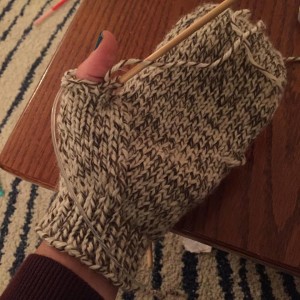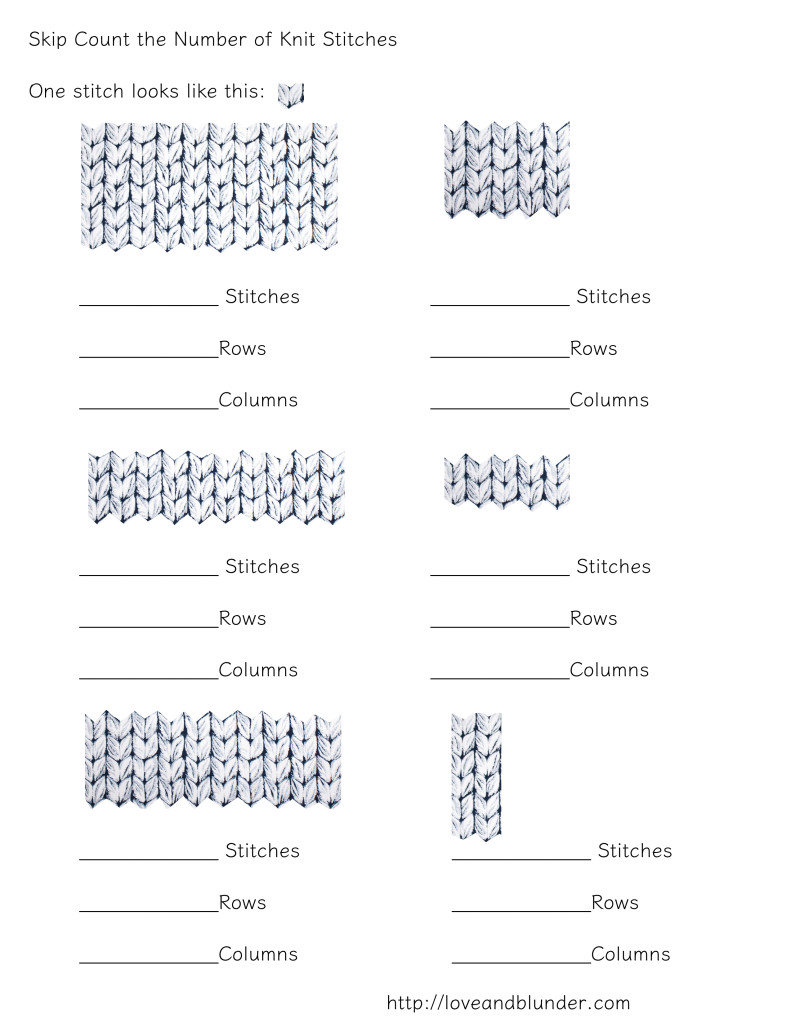Over the past six months, and especially in the past three weeks, I’ve been relearning what it means to pray. The process started when our family began to try and worship regularly using the Prayer at the Close of the Day service in the Lutheran Service Book prayer card.
The Close of Day service is simple: A benediction, a responsory reading drawn from Psalm 92:1, a scripture reading, the Creed, a common reading of the Song of Simeon, the Lord’s Prayer, prayer for others and ourselves, and finally Luther’s close of day prayer from the Small Catechism. Ordinary as it is, we were doing far less beforehand, and going through an entire prayer service felt like a stretch at first. Now, a few months later, I daily look forward to this family worship time.
Though I didn’t realize it at first, adopting a prayer service was a complete turn around from the meager way we spent our time before. Our prayers basically consisted of a few words before bedtime with our daughters, occasionally including the Lord’s Prayer, or a confession of the Creed. On a given night, we might have used some of the same elements the Close of Day service includes, but the structure was always spontaneous.
The prayer service, on the other hand, is always the same. Once tedious, I now find this a great comfort. Regardless of my mood, the leftover stress from a long day at work, or the unpredictable tempers of my children, the structure remains the same. This creates a rhythm that steadies us. Especially as we continue to pray many of the words time and time again, associations with the syllables and phrases build in and between us, so that we come to know the service as we know one another.
Some of you may wonder if praying in this way is doomed to become empty ritual. I’m certain that we’re capable of sucking all the life out of this good gift if we approach it mindlessly. But night after night, I’m refreshed because the form of the service is declarative. Evening worship not our activity, but God’s event. Nightly, I hear myself say “In the name of the Father, and of the Son, and of the Holy Spirit,” and I and my family echo back “Amen.” In our little house in Akron, we have again heard God put His name upon us, and in that one “Amen,” we have answered back “Yes, yes. It is so.”
Understanding family worship as an event–God’s event, not our own–blows my mind. Where prayer for me used to consist of running down a well-worn list of requests out of some sense of responsibility, I now find myself coming to hear again what God has to say. We open up His Word, and what it has to say is good. And when we bow our heads to voice our petitions, we pray in Christ. In the mystery of our baptism, and by the power of the Holy Spirit, Christ is our mediator, petitioning the Father for us. The drama in worship goes far beyond our own words on our lips; but in Christ, God’s words are upon our tongues! As we ask in the first words of the service:
It is good to give thanks to the Lord,
to sing praise to your name, O Most High;
To herald Your love in the morning,
Your truth at the close of the day.
What is it that’s good about this? Not that we all happened to read some scripture together, but that we hear God’s great love again, our ears are filled with his truth. The heralds are not giving this simple evening prayer service its oomph, the action of God is! And this is obvious when we speak together Simeon’s beautiful response to laying eyes on God-in-the-flesh, Christ:
Lord, now You let Your servant go in peace;
Your word has been fulfilled.
My own eyes have seen the salvation
which You have prepared in the sight of every people:
A light to reveal You to the nations
and the glory of Your people Israel.
Of course you’d want to say the Gloria Patri after that!
Glory be to the Father and to the Son and to the Holy Spirit;
as it was in the beginning, is now, and will be forever. Amen.
God’s event don’t work like human events. They don’t go hand-in-hand with some kind of emotional rush. In fact, it’s common that we say the final “Thanks be to God,” without feeling a thing. And the Word of God that we hear doesn’t sound like we think it should–a booming thunderclap from the heavens, or even a still, small voice in the bossom. Instead, the Word of God sounds like our own weak and humble words, occasionally faltering and stammering over the Lord’s Prayer, a Psalm, or the words of Simeon I quoted above. It sounds like my daughter’s tiny voice announcing to those of us gathered in the bedroom “…for Thine is the Kingdom! and the Power! and the GLORY!” This may not be what we expect, but yet we say “Amen,”–this is most certainly true.
For the first time in my life, I find myself genuinely loving prayer. I pack my little prayer card in my laptop bag and take it to work, then sneak out and sit and my car and say the noon prayer service aloud to myself. We’ve even begun going through the morning prayer service together before or after breakfast. This excitement may not last forever, but it is a good gift, and I thank God for it.
 You just need to know how these pieces are structured, and then you need to decide a multiple of stitches to work in. I usually work in multiples of 3s, 4s or 5s. Once you know what your multiples of stitches are you can add cables, fair aisle patterns, simple lace, just by doing a repeated pattern which fits in the multiples you are working with. So if I’m making a mitten and the gauge requires that I cast on 15 stitches to start, I will likely end up with a multiple of 5 or 3 when I finish my increases so I would choose to do my ribbing for the cuff either with “K2 P1” pattern, or “K5 P5” depending on how stretchy I want the cuff to be. Â This mitten pictured ended up having a “K1 P1” cuff. I think I cast on 12 to start.
You just need to know how these pieces are structured, and then you need to decide a multiple of stitches to work in. I usually work in multiples of 3s, 4s or 5s. Once you know what your multiples of stitches are you can add cables, fair aisle patterns, simple lace, just by doing a repeated pattern which fits in the multiples you are working with. So if I’m making a mitten and the gauge requires that I cast on 15 stitches to start, I will likely end up with a multiple of 5 or 3 when I finish my increases so I would choose to do my ribbing for the cuff either with “K2 P1” pattern, or “K5 P5” depending on how stretchy I want the cuff to be. Â This mitten pictured ended up having a “K1 P1” cuff. I think I cast on 12 to start.